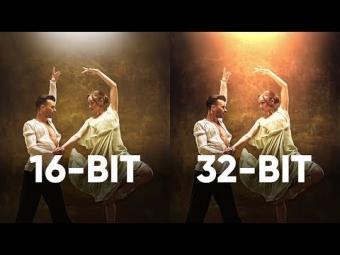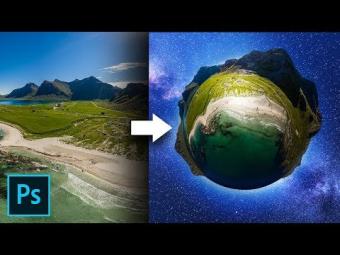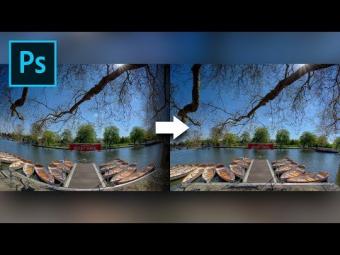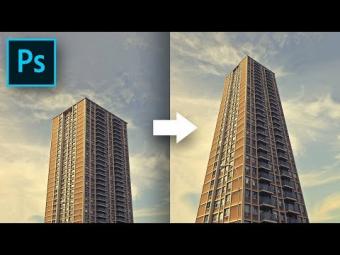What is Histogram in Photography?
Get the basics of Histogram right and you'll never have to look it up ever again. In this video, we are going to start from scratch, right from what is a pixel to how a histogram is built. Whether it is your camera, photoshop or lightroom, you see histogram everywhere. In this episode, we will finally learn how to read the histogram and use it to your advantage.
In this video, I'll explain the concept of the histogram using Photoshop. Keep in mind that this is just for illustration purposes. The histogram can be used in any photo editing application including your camera. Looking up at the definition of the histogram is not enough, you need to understand what the origin of a Histogram is. The most fundamental concept on which histogram is built is pixel and luminosity. That's it!
A histogram just represents these two data, the number of pixels and how bright or dark the pixel is. To simplify it, the histogram is nothing but a graph that shows how many pixels are dark, how many are bright and how many fall under mid-tones. On the horizontal axis or x-axis, it shows you the brightness. On the vertical axis or y-axis, it shows you the number of pixels in that particular brightness level. So, for example, if an image has a lot of bright skies and blue ocean, the histogram will incline towards the right. On the other hand, if your image is a night shot, the histogram will incline towards the left.
Besides this, the most essential feature and purpose of the histogram is to show limits. A histogram is not endless. It has limits on both the sides. What do these limits mean? Well, a screen can show a fixed range of light. It can never be as bright as the sun or as dark as outer space. The histogram shows you the range of light that a screen can represent. Any pixel beyond those limits will be shown either completely black or completely white and will have no details. Now, the camera can see more than a screen can and hence using the histogram, our purpose is to bring the graph within the limit.
For the second part, I'll use Lightroom to demonstrate how to bring the graph inside the safe area.
Hope this video helps! Cheers!
In this video, I'll explain the concept of the histogram using Photoshop. Keep in mind that this is just for illustration purposes. The histogram can be used in any photo editing application including your camera. Looking up at the definition of the histogram is not enough, you need to understand what the origin of a Histogram is. The most fundamental concept on which histogram is built is pixel and luminosity. That's it!
A histogram just represents these two data, the number of pixels and how bright or dark the pixel is. To simplify it, the histogram is nothing but a graph that shows how many pixels are dark, how many are bright and how many fall under mid-tones. On the horizontal axis or x-axis, it shows you the brightness. On the vertical axis or y-axis, it shows you the number of pixels in that particular brightness level. So, for example, if an image has a lot of bright skies and blue ocean, the histogram will incline towards the right. On the other hand, if your image is a night shot, the histogram will incline towards the left.
Besides this, the most essential feature and purpose of the histogram is to show limits. A histogram is not endless. It has limits on both the sides. What do these limits mean? Well, a screen can show a fixed range of light. It can never be as bright as the sun or as dark as outer space. The histogram shows you the range of light that a screen can represent. Any pixel beyond those limits will be shown either completely black or completely white and will have no details. Now, the camera can see more than a screen can and hence using the histogram, our purpose is to bring the graph within the limit.
For the second part, I'll use Lightroom to demonstrate how to bring the graph inside the safe area.
Hope this video helps! Cheers!






















YORUMLAR